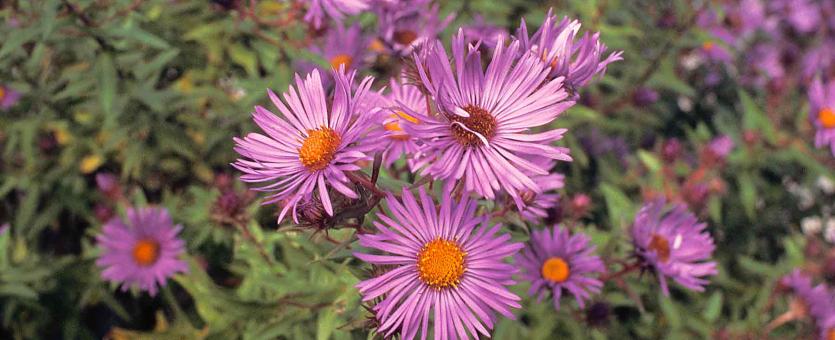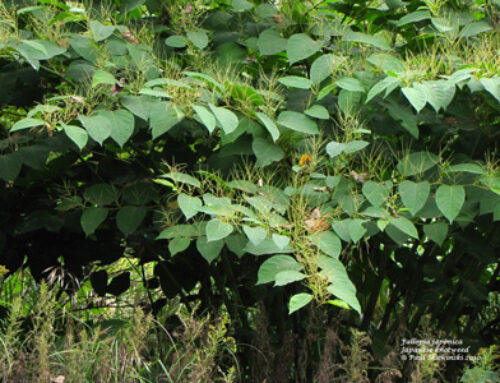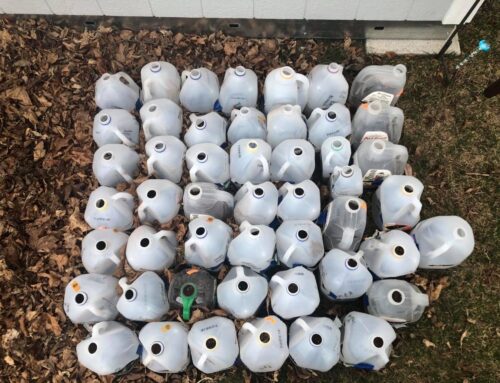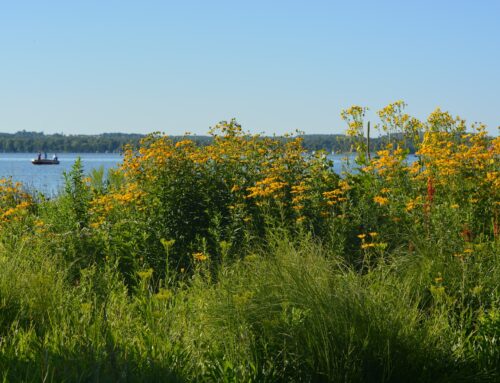One of the things we’ve heard over the last two years is that once native plant projects are installed, that it can be hard to continue to identify the plants present. In April, we starting creating lists of flowers that could be blooming in your native plant project. This list can also be used to help you plan your next native plant project. We have the ability to have plants blooming in our gardens from April to October, so why not make it happen?
Sun definitions
Full sun: gets at least 6 hours of direct sunlight
Partial sun: gets three to six hours of sun exposure
Shade: less than three hours of sun exposure
Soil definitions
Wet: Saturated year round
Wet-mesic: Seasonally saturated, tends to dry in summer
Mesic: Medium moisture, well-balanced
Dry-mesic: well-drained
Dry: excessively drained
We are at the point in the year where plants are hitting their peak blooming period but not as many things are starting to bloom. For the month of September, we only three plants we can share that start blooming in September and bloom through October. September is Aster month!
Lance-leaved aster Symphotrichum lanceolatum
This aster has white flowers that can be found in September and October. It prefers wet-mesic and mesic soils with full fun. Lance-leaved aster, also known as panicled aster, will grow to be around 5 feet tall and is a great fall food source for bees.
Big-leaved aster Symphyotrichum macrophyllus
Big-leaved aster is a great rain garden option enjoying all soil types but wet. This plan does well in both full sun and partial sun. Growing to be only 2 feet tall, big-leaved aster will attract butterflies in September and October.
Silky Aster Symphotrichum sericeum
Silky aster is another short aster option, growing to be only one foot tall. This aster likes partial to full sun and dry-mesic and dry soils. Its purple flower will attract bees, butterflies, and birds.
Cover photo courtesy of Missouri Department of Conservation
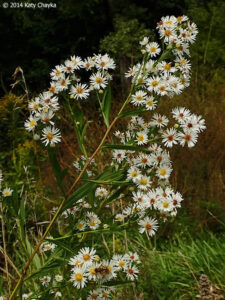
Lance leaved aster

Big leaved aster
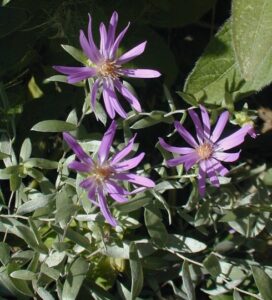
Silky aster

